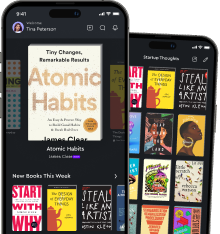Audio available in app
Rhythm creates pace from "summary" of Aspects of the Novel by E M Forster
Rhythm is not only a musical quality, but also a literary one. It is the beat, the pulse that runs through a piece of writing, setting the pace for the reader. When a writer carefully constructs the rhythm of their work, they are essentially determining how quickly or how slowly the reader will move through the text. This pace is crucial in maintaining the reader's interest and engagement. If a piece of writing lacks rhythm, it can feel disjointed or stagnant, causing the reader to lose focus and become bored. On the other hand, a well-crafted rhythm can create a sense of movement and progression, drawing the reader in and propelling them forward. In a novel, rhythm can be established through a variety of techniques. Sentence structure, word choice, and the overall flow of the narrative all play a role in shaping the rhythm of the story. By carefully balancing these elements, a writer can create a sense of momentum that keeps the reader eagerly turning the pages. Additionally, rhythm can help to convey the mood and tone of a piece of writing. A fast-paced rhythm can evoke excitement or urgency, while a slower rhythm may suggest contemplation or reflection. By using rhythm to enhance the emotional resonance of their work, a writer can create a more immersive reading experience for the audience.- Rhythm is a powerful tool in the writer's arsenal. By harnessing the inherent musicality of language, a writer can shape the pace of their work, guiding the reader through the story with precision and purpose. In this way, rhythm becomes not just a technical aspect of writing, but a fundamental element of storytelling itself.

